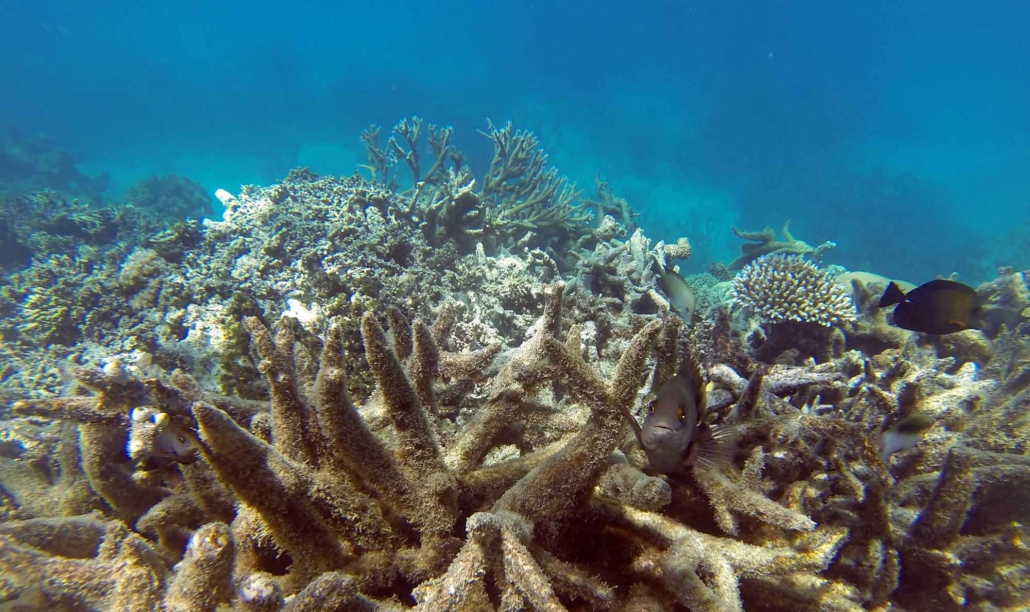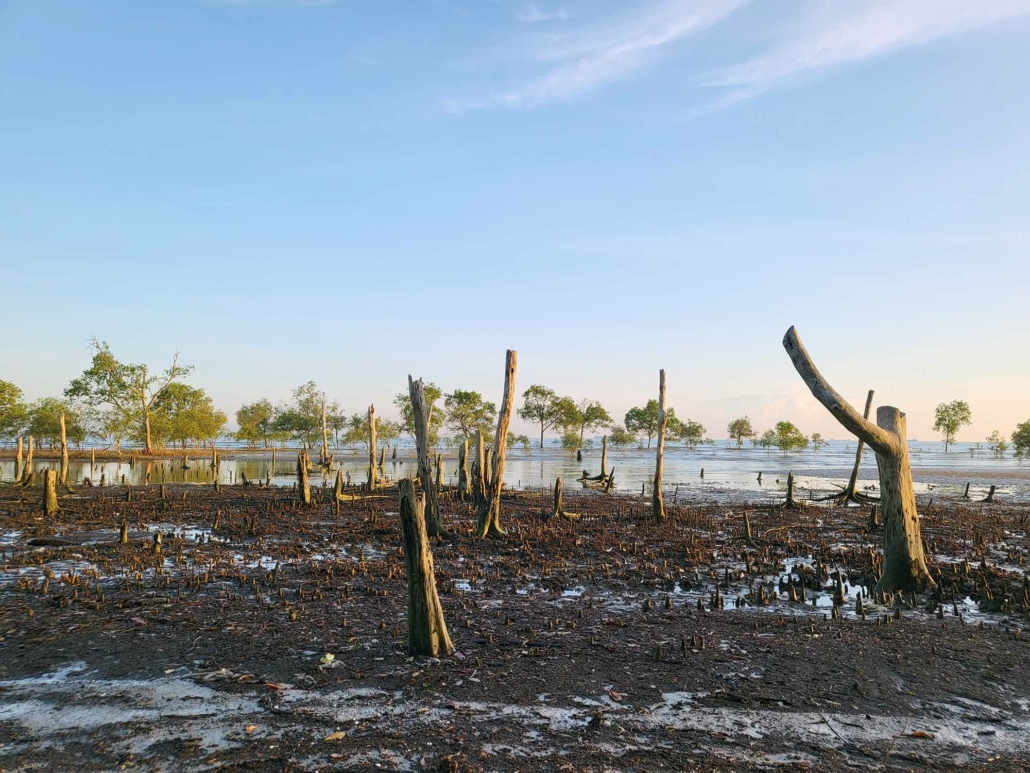What are the threats to coastal ecosystems?
Coastal ecosystems face numerous threats, such as industrialisation, agriculture, tourism, and deforestation. These threats specifically impact different types of ecosystems in unique ways:
What are the threats to coral reefs?
Coral reefs can suffer physical damage from quarrying, dredging, and destructive fishing practices, including using explosives. Other threats include pollution from runoff of fertilizers or sewage, overfishing that reduces the number of grazing fish, and global climate change leading to coral bleaching and ocean acidification. The latter, caused by increased seawater carbon dioxide levels, impacts shell-forming organisms and coral reefs.
What are the threats to mangroves?
Mangroves face various threats, including deforestation for wood and charcoal, clearance for coastal developments, overfishing in adjacent areas, pollution, changes to local landscapes, and temperature increases from nearby power plants. They are often removed for malaria control, being potential breeding grounds for mosquitoes.
What are the threats to sand dunes?
Sand dunes are affected by human activities such as disruption of sediment flow, coastal development, recreational use, grazing, the introduction of non-native species, and sand mining. Recreational activities like off-road driving and horse-riding compact the soil, inhibiting vegetation growth. Additionally, some dunes are flattened for sports activities or car parking. Sand is an essential resource in the construction industry, contributing to the mining of dunes.
What are the threats to salt marshes?
Salt marshes are vulnerable to coastal development, eutrophication due to excess nitrogen and phosphorus, and heavy metal contamination from industries and vehicles. Other threats include pesticides, insecticides, and the long-term storage of pollutants and toxins. Roads often divide salt marshes, and invasive species can establish themselves in places where tidal flooding has been eliminated. Furthermore, attempts to control mosquitoes by draining salt marshes can lead to a decrease in biodiversity.


